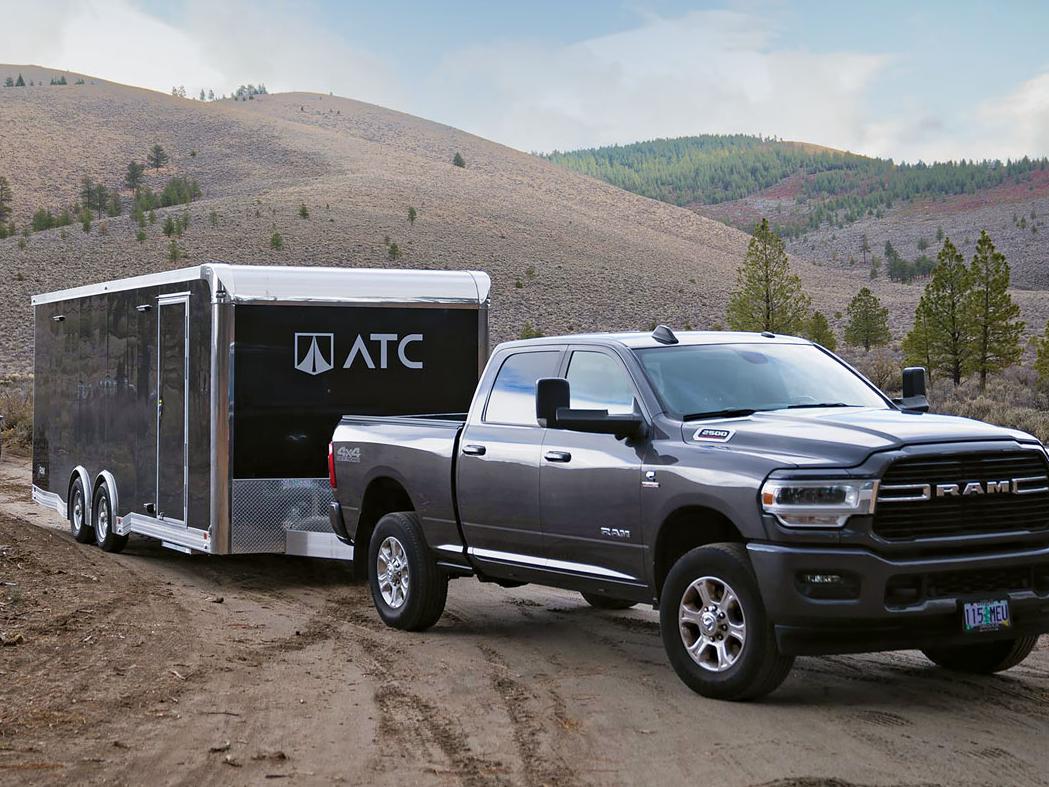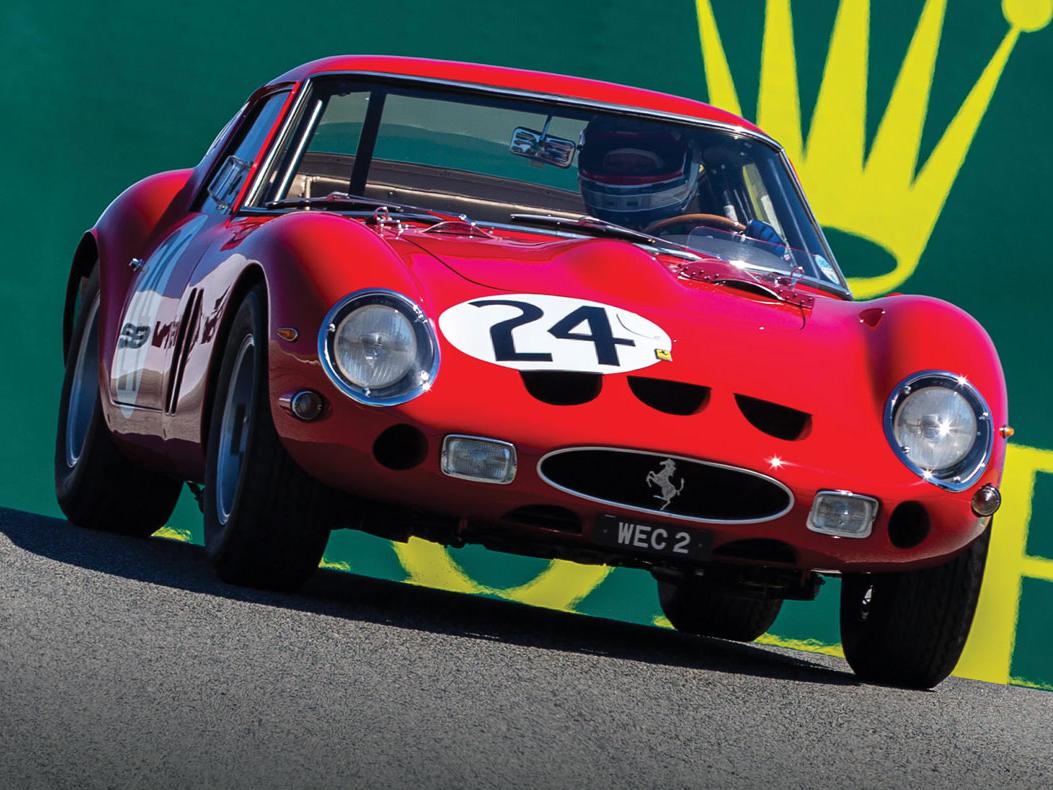The Next Frontier
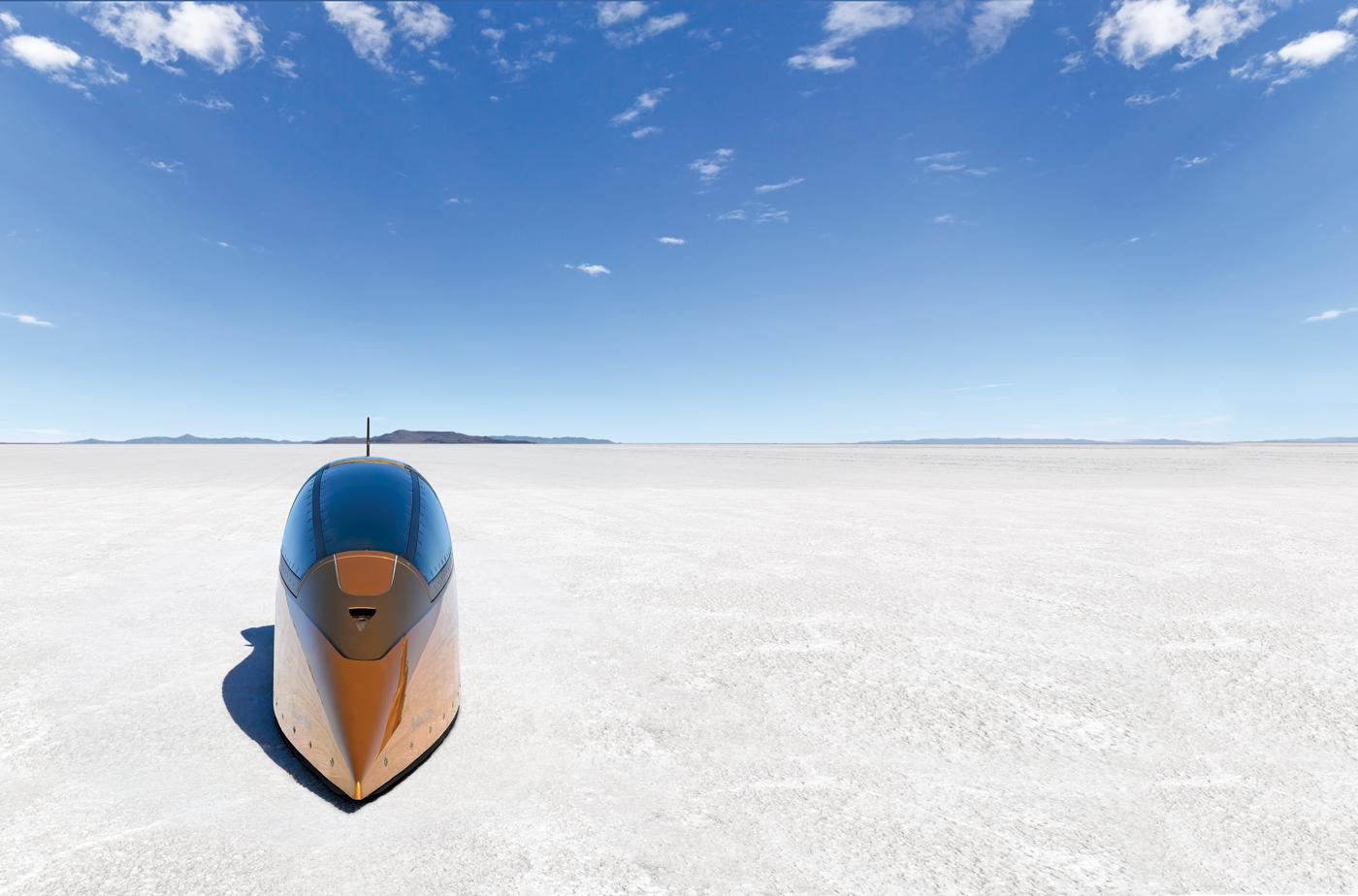
Easily accessible horsepower has taken land speed racing to unprecedented levels of performance in recent years, but it takes more than brute force to break records.
Technological innovation has allowed racers across various motorsports disciplines to push the established boundaries to new heights in recent years, and land speed racing is no exception. These advances have not only created new targets for teams that are competing in the upper echelons of the sport, they’ve also raised the bar for those seeking to reach traditional milestones.
“For Bonneville, the ‘300 Club’ of today—that is, the group of racers who’ve broken the 300-mph barrier—is what the ‘200 Club’ used to be,” said Steve Strupp of ECTA Motorsports, Wadesville, Indiana. “Today you can buy a 200-mph car off of the showroom floor, so the new challenge is to get to 300 at Bonneville, or 250 mph on a mile-long pavement track. A lot of it has to do with the advancements in forced induction, both with blowers and turbos. It has allowed racers to get controllable, dependable increases in horsepower. But it’s not really about the amount of boost people are using, it’s more about having the ability to keep the engine alive for more than one pass. It’s much easier to manage now.”
This progress has made the sport more accessible to a greater number of would-be competitors, and it has also allowed teams that are on the hunt for a class record to devote more of their attention to design aspects outside of their engine program. Yet as we have so often seen when racers attempt to break into new territory, Mother Nature also plays a crucial role in determining what’s ultimately possible.
The Science Of Going Fast
“Electronics have become a big part of these cars,” said Steve Watt of Maxwell Industries, Ventura, California. Watt is also on the team that developed and races the Speed Demon, a streamliner-class land speed car, which currently holds the title of the fastest piston engine, wheel-driven vehicle in the world at 481.576 mph. “You’re basically trying to utilize 3,000 hp on 2 1/2 inches of tire tread in a five-mile drag race. In the past, a lot of the teams used weight to try and get some traction—the original Speed Demon, for instance, was more than 5,800 pounds. We designed a whole new car after an incident in 2014, and the new car is closer to 4,000 pounds. Our MoTeC electronics allow us to use a sophisticated traction control system. Once we’ve gotten a few runs in and we know the salt conditions, we can use that system to feed in the power at just the right rate for the available grip. That equates to faster acceleration without the need for additional weight to create the traction.”
Aaron Brown of The Garage Shop in Denver, North Carolina, told us that while the new tech has ushered in a new era of car development for land speed racing, some still prefer to do things the old-school way.
“Our team has two Roadster-class cars. One of them has MoTeC everything, and the other one—the one I drive—basically has a carburetor and a tachometer. What’s interesting is that the driver of the other car is only in his second season racing at El Mirage and events like that now, and his car is just as fast as mine. The data is really helping to level the playing field in terms of performance and repeatability.”
Dennis Sullivan of the Utah Salt Flats Racing Association said that this technology is also bolstering durability, which is a constant concern due to the format of land speed racing. “At Bonneville you’re running flat out for five miles. If you qualify, then you go to impound, and you’ve got to do it again the next day with the same motor. So you’re basically doing 10 miles at wide open throttle. The salt is a little bit like running on snow, and what kills motors is the loss of traction, because that causes the rpm’s to spike, and when it catches traction again, it puts a big shock load on the motor. Anything you can do to minimize that will help the engine live.”
As expected, aerodynamics play a crucial role in both speed and safety. “There’s a lot of wind tunnel testing involved at the upper end of the sport,” Sullivan added. “There are now companies that can simulate aerodynamic behavior at speed using computational fluid dynamics and using data from wind tunnel sessions to improve it further. Wind tunnels can be hard to find, and they can get pretty expensive, especially if you’re going to make changes while you’re there. But it’s generally more desirable than simulation because you can use smoke wands and things like that to see with your own eyes how changes are affecting the aerodynamics. Most of them have ‘tables’ that the car sits on, which allow you to adjust the angle of the car and so on. That can provide some insight into how altering the attitude of the vehicle not only affects the aerodynamics, but also its stability at speed.”
Run Whatcha Brung
A production-based chassis won’t put a team in the running for a new overall speed record, but these types of vehicles comprise the majority of the entries at events like Bonneville Speed Week. “They’ve got everything from antique-bodied cars to full sedans—you name it,” said Rick Vesco of Team Vesco Racing, Rockville, Utah. “There’s a class for everything. Typically, cars are classified by fuel, engine displacement, aspiration, and things like that. It’s broken down to the point where just about anybody can find a class to run in and be pretty competitive within that class.”
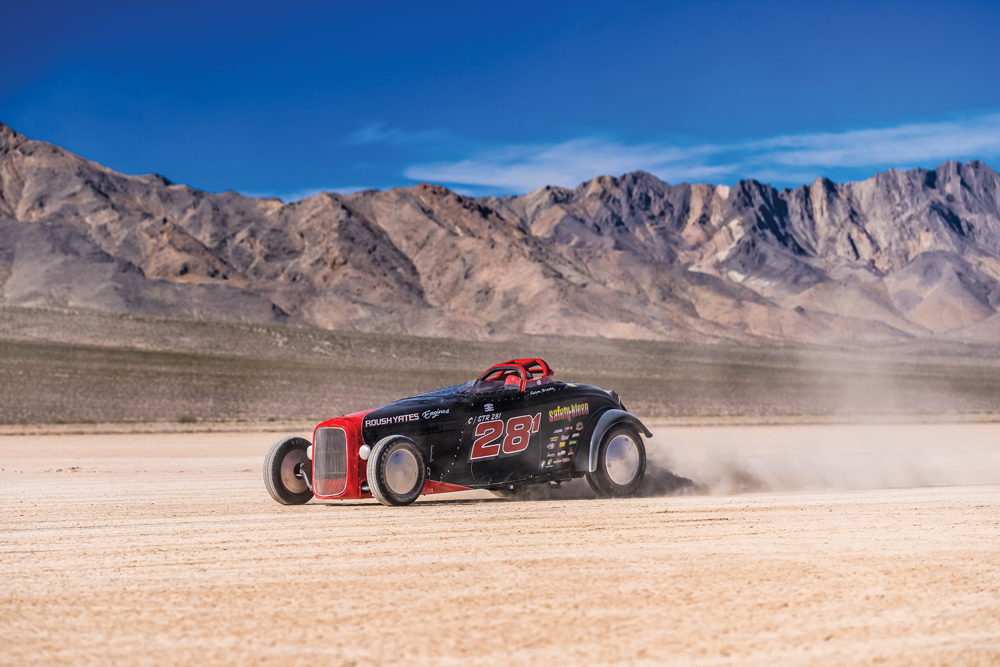
Sullivan said that the rule sets vary from class to class, but there are some stipulations that tend to have an effect on vehicle designs. “Depending on which class you’re looking at, there can be quite a few rules that affect what you can and can’t do, especially as you move up the ranks. Beyond the safety requirements, there are limits on wings, air dams, and other aero elements. Even in the Roadster classes, which are the oldest classes, there have been some changes in recent years. In Modified Roadster, for instance, they’re now allowed to use wings on the back, which wasn’t always the case. And to revive some of the older cars that might’ve been parked in garages because they weren’t competitive anymore, a class called American Iron Roadsters was created to bring out the cars with old Dodge Hemis and old Pontiac motors, etc. Of course, due to the nature of competition, that has inspired some people to build ‘new’ old cars and build out those old motors with new hardware. Classes that used to run 140 or 150 mph are now starting to exceed 200.”
He also noted that, due to engine displacement being a key factor in car classification, some competitors have been taking big block motors that would normally be put in B-class racing and purposely reducing their displacement in order to make them eligible for C-class competition. That trend resulted in some racers petitioning for a new class for small block V8s in the 300 cubic-inch range, a displacement that’s harder to achieve when starting out with a big block, and the D-class was created as a result. But in other elements of the car, many classes offer teams quite a bit of freedom when it comes to innovation.
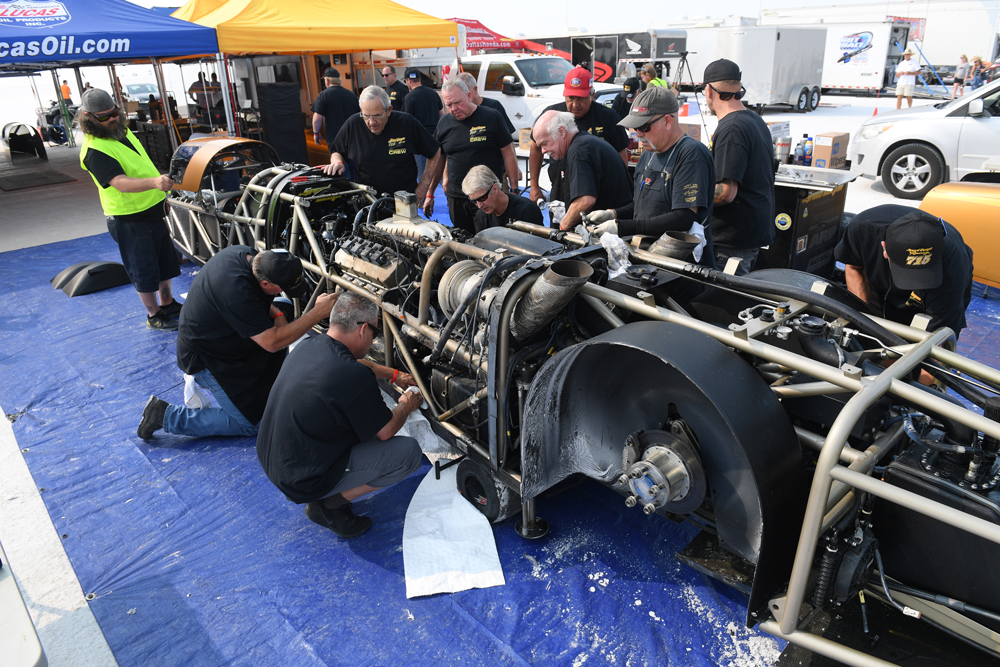
“Our Roadster cars actually use dirt late model rear suspensions, with a torque arm and a fifth coil,” Brown said. “When we built these cars last year, we really wanted to give a lot of consideration to the suspension stuff. Our first thought was, ‘OK, what type of race cars need the most traction and have the most power?’ So we got two right-side bird cages and designed all of our own brackets, and we looked to drag racing for a wishbone lower link. We chose that over a track bar and panhard bar because we wanted the rearend to be able to rotate freely. The data has helped us dial that setup in—we were pretty good right off of the trailer in testing last year—but having that data also allowed us to make some informed choices over the winter, so we were even better when we came back earlier this year.”
Going All Out
Even though the production-based classes are faster than ever, the streamliner class is the current top tier of land speed racing in the United States. Outside of safety requirements, basically anything goes in terms of body shape, chassis design, and wheel-driven propulsion. For Team Vesco Racing, whose Turbinator II car has been as fast as 503.3 mph during a qualifying run in 2018 (though they were unfortunately unable to certify the results the following day due to rain), it’s about achieving a balance between horsepower, reliability, and minimal wind resistance in a package that’s controllable at speeds where sonic pressure waves start to become a concern.
“When we built the original version back in 1981, we had two small block Chevrolet V8s in it, and we ran it with two-wheel drive,” Vesco recalled. “We got up to about 350 mph, and at that point we knew we needed some more horsepower, along with four-wheel drive, so we got ahold of two 159-cubic-inch Indy car motors. They put out 1,000 horsepower apiece because, despite the displacement, they would accept 50 to 60 pounds of blower pressure. That got us to 397 mph, and the record at the time was 409, so we thought we were on our way. But one of the motors dropped an exhaust valve, and the parts went through both engines. They were ruined, and we couldn’t find the parts to put them both back together. But my brother was invited to an unlimited hydroplane race, and those boats were running T-53 turbine engines. He called me from the race and said, ‘We’ve got to get one of these engines!’”
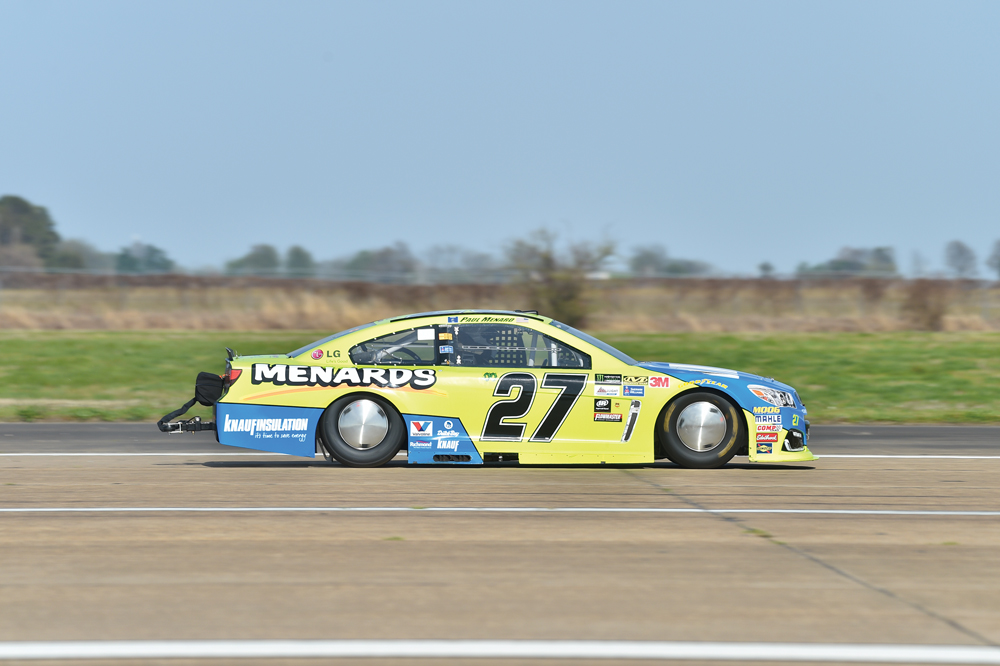
After making a few calls, the team acquired a T-55 turbine engine from a Chinook helicopter, a powerplant that Vesco said is good for about 5,300 hp at sea level. While the unconventional mill required quite a bit of engineering to adapt it to the team’s streamliner (part of which included designing a custom-built transmission), the engine’s original use-case, which often sees it at wide-open throttle for extended periods of time, made it ideal for a land speed race car.
The body shape of the Turbinator II eschews the wings and splitters seen on the faster cars in the production-based classes as well. “The bigger the hole you punch, the more power it takes to get through the air,” Vesco said. “We’ve never done any of the simulation stuff; we’ve mainly focused on making the smallest and skinniest streamliner that we possibly could. The basic principles for aeronautics are pretty much the same for land speed cars, although we still have to get traction, and they don’t have to contend with ground effects like we do. A lot of teams build ground effects into their streamliners to get traction, but whenever you do something like that, it takes more horsepower to get you down the track.”
Watt and the Speed Demon team take a different tactic with their streamliner, which is motivated by a Ken Duttweiler-built twin-turbocharged, big block Chevrolet-based V8. “It’s like a drag build in a lot of ways, but there’s more of a focus on longevity because you’re going wide-open for five miles,” Watt explained. “You’ve got to use steel rods rather than aluminum ones, for example, and you can’t run as hard with as much boost as you would if it were in a drag car. With our car, the boost is fed in gradually—we don’t get to full power until we’re about three miles down the track because we don’t have enough traction. We need the aero to start really pushing down on the car.”
Strupp said the combinations at this level of land speed racing often resemble a slightly detuned version of an engine found in Top Fuel or Funny Car competition. “There are a lot of adjustments made in fuel mixture, timing, and the engine controls, but the fundamentals are the same. They’re turbocharged, blown, or they use some form of compound induction, and it’s typically V8-based billet stuff. Many of these engine builders come from the drag racing world, but the combinations end up being more of a blend between drag racing technology and something like NASCAR in order to get that durability.”
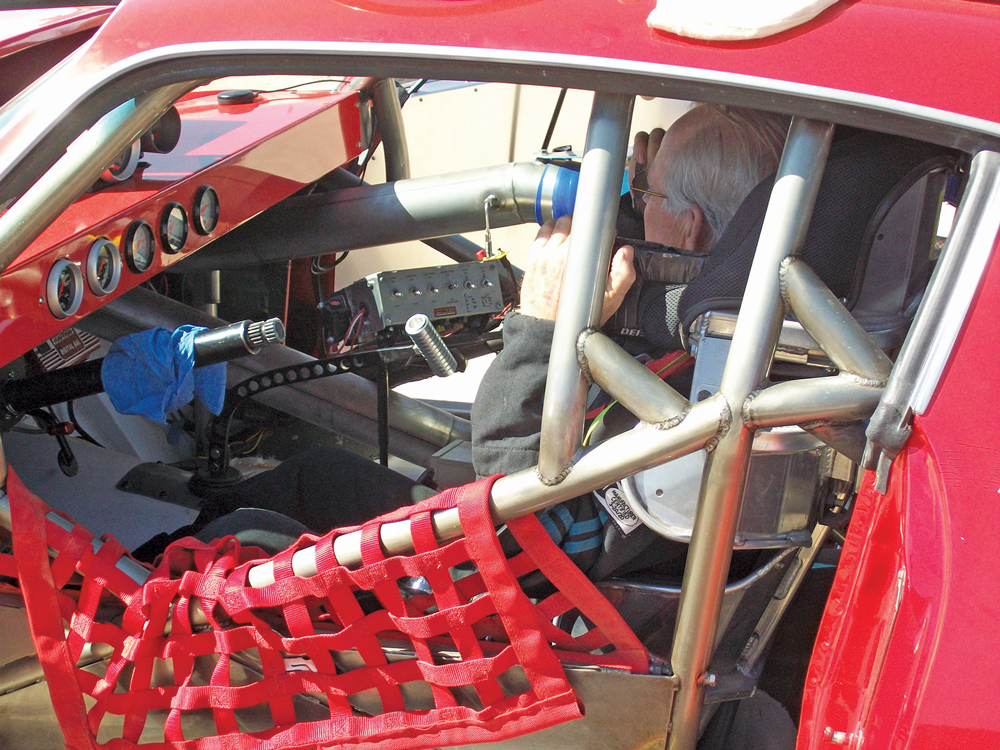
Also in contrast to Team Vesco’s approach, the Speed Demon team isn’t shy about leveraging technology to develop their aerodynamic strategy. “We’re fortunate because we were able to run our old car through the Ferrari F1 team’s simulator, which is one of the most sophisticated in the world, thanks to a mutual friend,” Watt said. “That provided a whole list of things that we needed to do for our new car to improve downforce while also reducing drag, which in turn enabled us to go a lot faster.”
The Road Ahead
Although streamliners are the fastest land speed race cars currently competing, they aren’t the fastest land speed cars ever developed. That distinction goes to vehicles like the Aussie Invader and Bloodhound LSR, which use jet thrust to propel the car forward rather than wheel-driven torque. The Bloodhound has recorded speeds as fast 628 mph, but the runs were conducted on a dry lakebed in Hakskeen Pan, South Africa, rather than at Bonneville, due to an issue that has affected Speed Week racers at all levels of the sport.
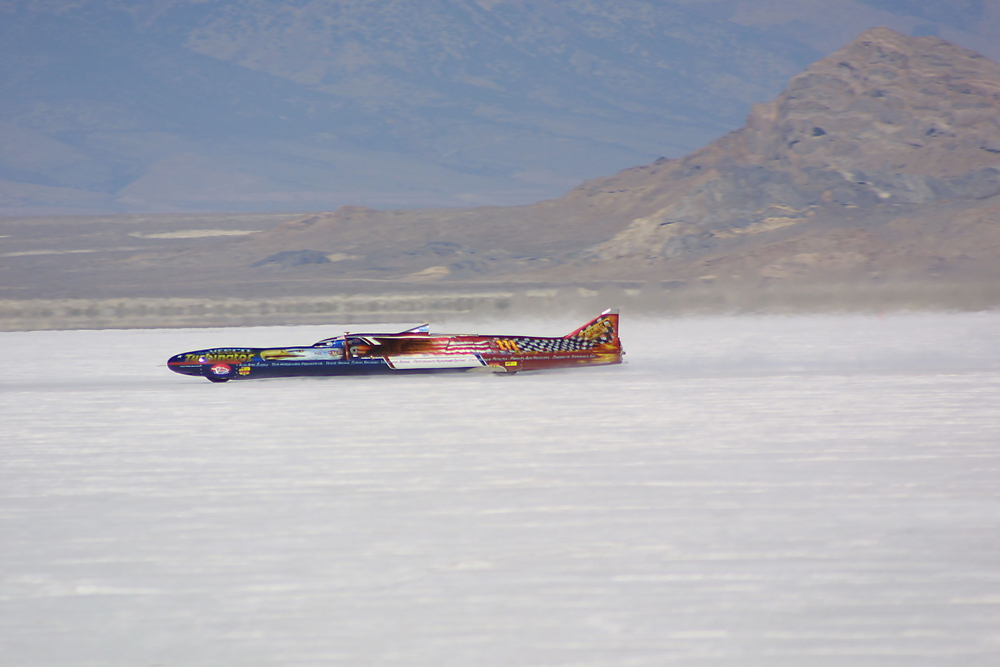
“Bonneville is getting smaller and smaller,” Brown pointed out, “and I think there needs to be a larger conservation effort because the problem has been getting worse over recent years. When we got flooded out last year, I wasn’t upset at all because the lakebed needed to sit like that for six or eight months in order to heal.”
Along with concerns about the consistency of the surface, the reduced amount of usable lakebed has made speed attempts with jet cars impossible due to the amount of space they need to build up speed and shut down. And, to a tangible degree, it also has put a cap on the performance potential of top-tier streamliners. “I think someone could go 550, 570 before they’d start to run into any trouble with sonic pressure waves, but it’s going to have to be at a longer race course,” Vesco said. “For us it’s not so much about horsepower or aero at this point as it is the track length. This thing is still accelerating like crazy at the end of that five-mile run, so if we had more room, I’m sure we could take it further.”
SOURCES
ECTA Motorsports
ectamile.com
The Garage Shop
thegarageshop200.com
Maxwell Industries
maxwellindustries.com
Team Vesco Racing
teamvesco.com
Utah Salt Flats Racing Association
saltflats.com
 MEMBERSHIP LOGIN
MEMBERSHIP LOGIN JOIN PRI
JOIN PRI

